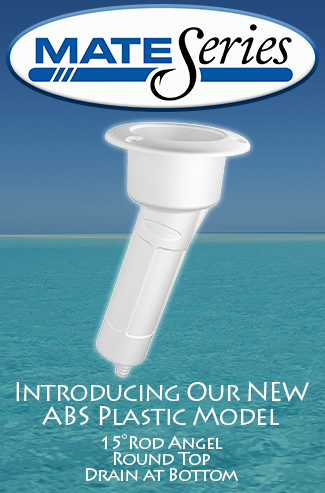Although stainless steel has corrosion-resistant properties, it isn’t entirely corrosion proof. If you leave them exposed to harsh moisture and atmospheric conditions, especially around saltwater or tropical climates, stainless steels may rust or corrode, creating iron oxide in the process.
Stainless steel contains chromium, which can inhibit this process by getting oxidized itself to form chromium oxide, which is a corrosion-resistant, rough microscopic film capable of resisting further oxidation. But stainless steel may still corrode in freshwater environments, albeit at a slower pace.
What Kinds of Corrosion Can Affect Stainless Steel?
Contact: This happens when copper, scale, carbon steel, or other materials mix with stainless steel, which results in pitting
Chemical: This happens when stainless steel gets repeatedly exposed to materials that have corrosive or high chloride materials, such as bleach.
Atmospheric: This happens when steel gets exposed to certain airborne gases, solids, or liquids, like salt, rain, sea spray, or dirt.
What Should I Do to Ensure My Stainless-Steel Products Don’t Start Corroding?
You can make use of the following tips to ensure that your stainless-steel products don’t fall prey to the menace of corrosion:
- Utilize a piece of soft cloth, such as non-abrasive sponges or chamois along with mild cleaners (such as dish detergents) and freshwater for cleaning stainless steel. You can also use this for removing pitting. Never use steel wool, sandpaper, or steel wire brushes since they can damage the steel.
- Naval jelly or phosphoric acid happens to be an inorganic, mineral-based compound, which can inhibit the formation of rust on stainless steel.
- Stainless steel happens to be completely non-magnetic. You can use a magnet to evaluate the quality of the product and save yourself a lot of time.
- Applying a polished coating regularly can enhance the shine and protection of the product.
- Since saltwater chlorides usually eliminate the chromium oxide film, which forms on the stainless-steel product, never use cleaning products that contain acids or chlorides.
- In case the mild detergent-warm water combination doesn’t work out, you can also use warm water and baking soda paste to eliminate steel stains. If even this combination falls short of your requirement, you can add vinegar for boosting its strength & increase the pressure when you clean it.
- You may observe halos around rust spots on your stainless-steel products. This is an indication that other types of steel, such as steel brush strands or steel wool, are present in the steel. To remedy this situation, you can make a paste of 2% hydrofluoric acid and 10% nitric acid (commonly known as pickling paste). Rinse the steel with baking soda solution after you’ve completed applying the pickling paste, which will allow the chromium oxide film to reform again.
- It is important to repair and clean all damaged stainless-steel equipment at the earliest to prevent further damage from taking place.
Do remember that stainless steel doesn’t guarantee a corrosion free product – it merely means that it has better protection against adverse conditions. Regular cleaning and the application of a few, simple remedies from time to time can go a long way in improving their lifespan.






